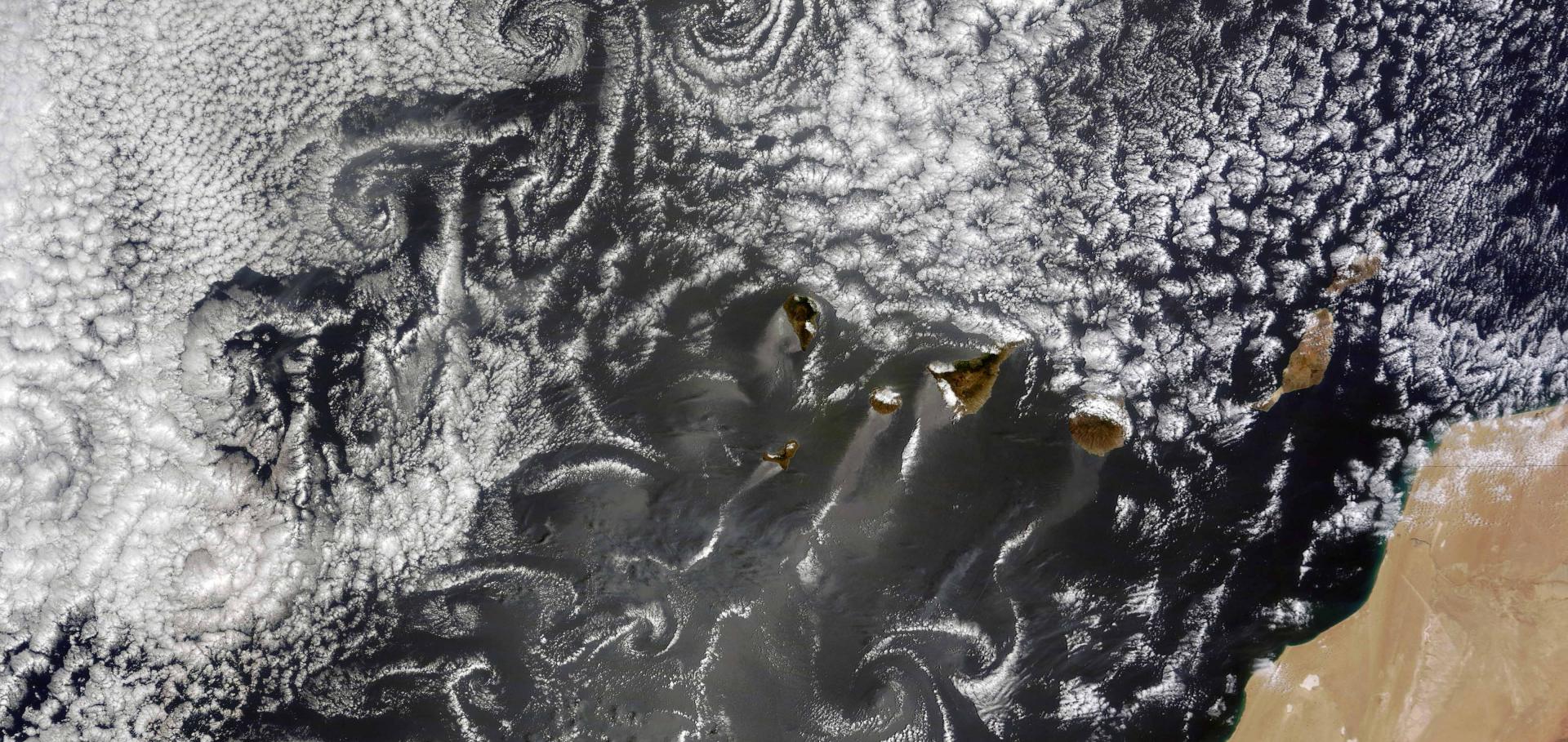Modeled black carbon radiative forcing and atmospheric lifetime in AeroCom Phase II constrained by aircraft observations
Authors:
BH Samset, G Myhre, A Herber, Y Kondo, S-M Li, N Moteki, M Koike, N Oshima, JP Schwarz, Y Balkanski, SE Bauer, N Bellouin, TK Berntsen, H Bian, M Chin, T Diehl, RC Easter, SJ Ghan, T Iversen, A Kirkevåg, J-F Lamarque, G Lin, X Liu, JE Penner, M Schulz, Ø Seland, RB Skeie, P Stier, T Takemura, K Tsigaridis, K Zhang

